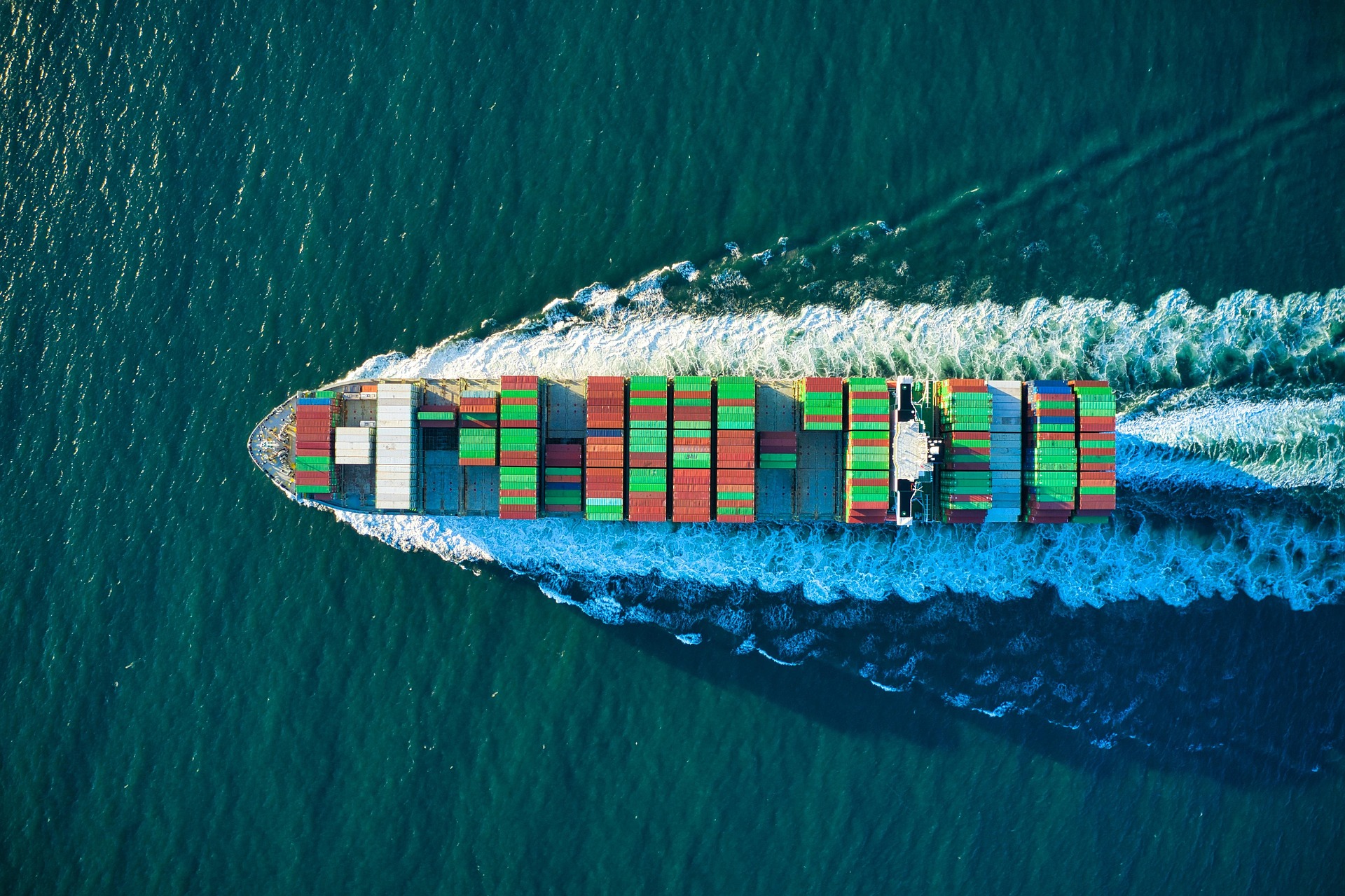Remote Flatrack Inspections: Ensuring Safe and Compliant Cargo Worldwide

Transporting oversized, heavy, or specialized cargo frequently requires flatrack containers due to their versatile design and open-ended construction. While flatrack containers provide unmatched convenience for shipping uniquely-shaped or heavy cargo, they also come with significant safety and compliance challenges. Professional inspections of cargo arrangements and securing methods—commonly known as flatrack inspections—are therefore critical.
In traditional inspections, qualified inspectors typically travel to container loading locations, which can be costly, slow, and logistically challenging, especially for remote or international sites. Modern logistics operators and cargo owners have begun shifting toward remote flatrack inspections to mitigate these challenges, ensuring cargo compliance and safety digitally, efficiently, and cost-effectively.
Understanding Remote Flatrack Inspections
A remote flatrack inspection is an advanced, digital verification process in which certified cargo safety experts remotely evaluate cargo arrangements, securing methods, documentation accuracy, and compliance to international standards such as the CTU Code, ISO Guidelines, and the IMDG Code for dangerous goods.
Instead of physically visiting the loading site, inspectors perform evaluations using high-quality photos, videos, or live-streamed video calls provided by the cargo owners or shippers. Inspectors then thoroughly review every critical detail—from the positioning of cargo to the effectiveness of securing and lashing—ensuring cargo is ready for safe, compliant shipment.
Importance of Flatrack Inspections for Specialized Cargo
Flatrack containers differ from standard closed containers due to their open structure—often without fixed sides or a roof—allowing the transportation of oversized, oddly shaped, or heavy cargo, including:
- Industrial machinery and equipment.
- Heavy vehicles like trucks or construction machinery.
- Project cargo like turbines, large pipes, or building components.
- Large, specialized shipments with unique securing requirements.
The openness and versatility of flatrack containers mean cargo securing must meet rigorous standards. Any compromise or incorrect securing method can lead to severe risks such as cargo shifting, damage, safety hazards, and even rejection by port authorities.
Risks of Improperly Secured Flatrack Cargo Include:
- Cargo damage: Improper lashing or insufficient securing methods may result in shifting or damage during transit.
- Port rejections: Ports may reject flatrack cargo if securing methods do not meet international standards, leading to significant financial losses.
- Increased Liability and Insurance Costs: Improper securing often leads to higher insurance premiums and potential liability in case of accidents or damage.
- Operational Delays: Re-securing cargo after a rejection or damage causes costly delays in shipment timelines.
Remote flatrack inspections effectively address these risks, ensuring your cargo is fully compliant and secure before shipping begins.
How Remote Flatrack Inspections Work: A Step-by-Step Guide
Step 1: Request an Inspection
The cargo owner or logistics manager logs in to a dedicated, intuitive online platform and initiates an inspection request, providing clear cargo information, including:
- Cargo type and dimensions.
- Weight distribution details.
- Images or videos demonstrating cargo arrangement, securing and lashing materials.
- Any necessary shipping documentation and markings.
Step 2: Remote Evaluation by Certified Inspectors
Once submitted, a qualified inspector carefully assesses the provided visual material remotely. The inspector thoroughly evaluates:
- Proper cargo positioning on the flatrack.
- Suitability and strength of lashing methods and materials.
- Adequacy and compliance of securing methods based on cargo type, weight, and shape.
- Correct labeling and marking for easy identification and compliance verification.
- Adherence to relevant international standards and regulations (e.g., ISO, IMDG, CTU Code).
Step 3: Comprehensive Inspection Report
Within 24 hours, the cargo owner receives a detailed, digitally-delivered inspection report clearly indicating whether the cargo meets compliance requirements or outlining specific areas requiring attention.
Step 4: Revisions and Follow-up Inspections
If non-compliance issues are found, cargo owners receive clear, practical feedback on exactly how to correct these problems. Clients typically receive one free revision inspection, allowing them to promptly adjust cargo securing methods and achieve full compliance before departure.
Benefits of Remote Flatrack Inspections
Significant Cost Savings
Eliminating the physical presence of inspectors drastically reduces costs associated with inspector travel, accommodation, and logistical expenses, enabling significant savings.
Avoidance of Port Rejections and Delays
Remote inspection guarantees that cargo securing issues are identified and corrected proactively, significantly reducing risks of costly port rejections and operational delays.
Accessibility Worldwide
Regardless of location—busy port hubs, remote loading sites, or challenging locations—remote inspections provide worldwide accessibility, ensuring thorough inspections without geographic limitations.
Rapid Turnaround Times
Remote inspections provide comprehensive compliance feedback typically within 24 hours, significantly enhancing operational efficiency and enabling immediate corrective action.
Certified Compliance
Remote inspections adhere strictly to globally recognized standards (ISO, CTU Code, IMDG), ensuring that your cargo is compliant and ready for safe transportation.
Who Can Benefit from Remote Flatrack Inspections?
Remote flatrack inspections deliver significant advantages for anyone shipping oversized, heavy, or uniquely shaped cargo. Whether you’re a small business or a multinational company, ensuring cargo safety and regulatory compliance is essential. Remote flatrack inspections serve:
- Businesses shipping heavy equipment, machinery, or vehicles.
- Manufacturers transporting oversized or irregularly shaped products.
- Exporters and importers dealing with challenging or non-standard cargo.
- Freight forwarders and logistics providers aiming for efficiency and reduced risks.
- Companies involved in construction, engineering, automotive, renewable energy, and beyond.
If you ship cargo on flatracks, remote inspections offer cost-effective, reliable verification to keep your shipments compliant, secure, and hassle-free.
Conclusion
Remote flatrack inspections offer a comprehensive, reliable, and highly efficient solution for verifying cargo safety and regulatory compliance. They reduce operational risks, substantially lower inspection costs, ensure fast turnaround, and maintain high safety standards.
Whether you’re shipping heavy equipment, hazardous materials, project cargo, or oversized machinery, remote flatrack inspections ensure your cargo reaches its destination safely, efficiently, and compliantly.
Take control of your shipments—securely, digitally, and affordably.
